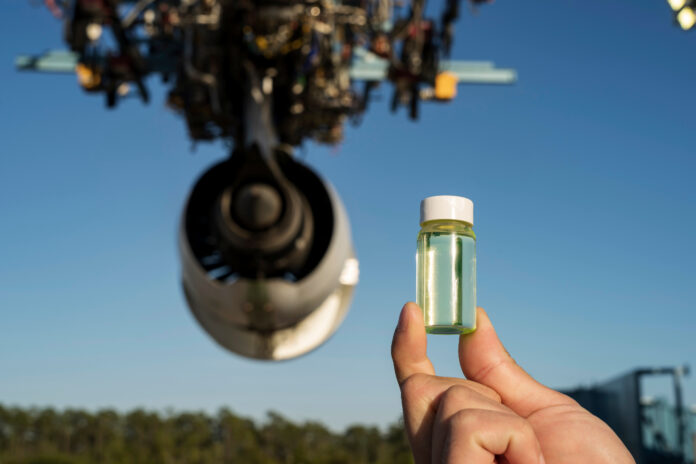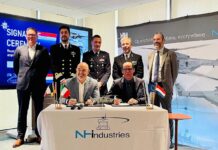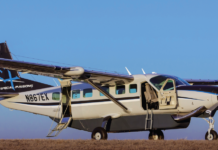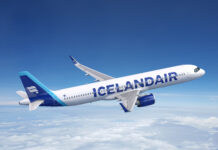Pratt & Whitney today announced a memorandum of understanding with Air bp regarding various workstreams with respect to the application of sustainable aviation fuel (SAF) blends at up to 100 percent in Pratt & Whitney engine testing and research. The agreement reflects Pratt & Whitney’s commitment to supporting the aviation industry’s ambitious goal of reaching net zero CO2 emissions for air travel by 2050.
“The commercial aviation industry must use multiple approaches when it comes to addressing the challenges of sustainable aviation. One immediate opportunity is to radically reduce our dependence on fossil fuels while we continue to improve engine efficiency, neat SAF from a major integrated energy company that is highly focused on SAF initiatives enables the evaluation, testing and validation needed to ensure that our engines are fully capable of operating with 100 percent SAF.”
Graham Webb, Chief Sustainability Officer at Pratt & Whitney
As part of the agreement, the parties will work collaboratively to explore the viable supply to Pratt & Whitney of SAF blends with up to 100 percent SAF for engine and propulsion systems testing through 2024. In addition, the two companies aim to collaborate on researching the performance of 100 percent SAF in propulsion systems to provide insights and data into fuel performance and emissions reductions.
“We are delighted to work with Pratt & Whitney to test SAF in U.S. engine testing facilities. As we continue to develop new technologies and feedstocks, some of which may be unique to U.S. availability, it will be very useful for both companies to collaborate on testing and understanding fuel performance and, on working on increasing SAF utilization in engines up to 100%.”
Andreea Moyes, Sustainability Director, Air bp
Combined with continuous technological advancements in aircraft and engine efficiency, SAFs have a critical role to play towards decarbonizing air travel by reducing dependence on fossil-based fuels. Pratt & Whitney has been actively involved in SAF testing and certification for over a decade, and helped regulatory authorities establish the standards which today allow SAF to be used as “drop in” fuel, blended up to 50 percent with conventional kerosene fuel. Pratt & Whitney is working towards validating that its engines can operate with 100 percent SAF, and the company continues to collaborate closely with the Commercial Aviation Alternative Fuels Initiative (CAAFI) and ASTM International towards that goal.
Pratt & Whitney is committed to ensuring that future generations of engines are ready to operate with 100 percent SAF, including the GTF AdvantageTM engine. Since entering service in 2016, the Pratt & Whitney GTF engine family has saved operators more than 600 million gallons (two billion liters) of fuel and avoided more than six million metric tonnes of CO2. Besides enabling greater use of SAF, Pratt & Whitney is developing a range of technologies to drive further reductions in CO2 emissions from future aircraft designs, including more advanced gas turbine technologies, hybrid-electric systems, and hydrogen fuel technologies.













